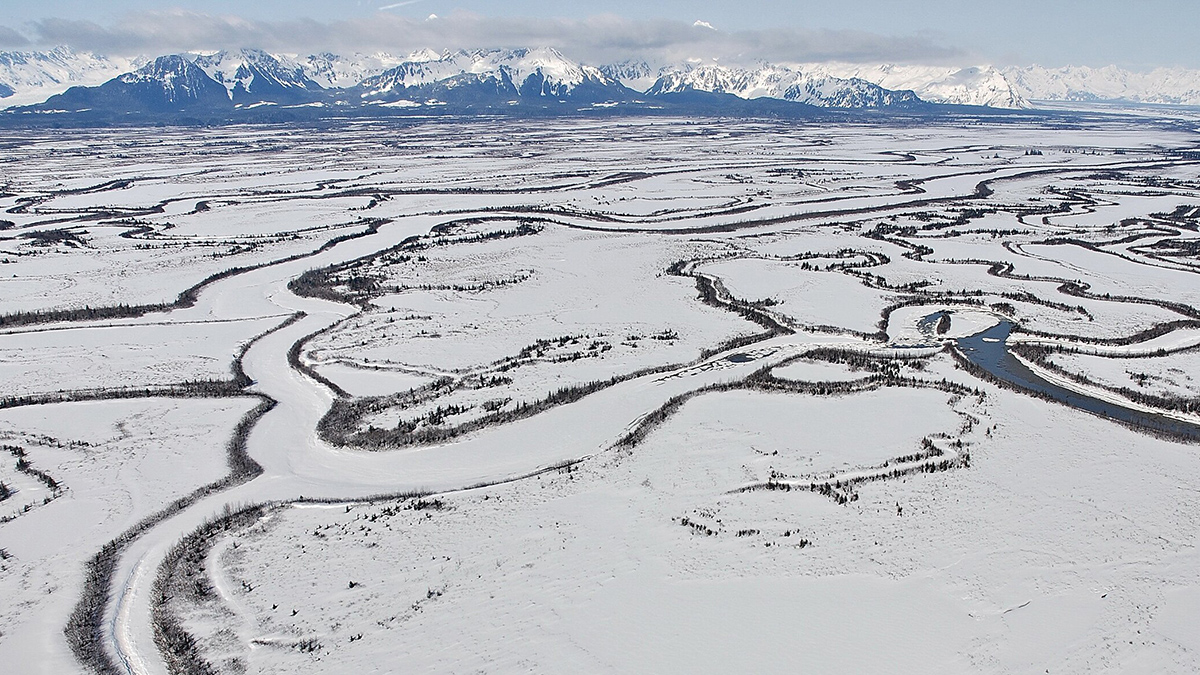Source: AGU Advances
Increased warming in high-latitude wetlands seems poised to increase the activity of methanogens, or methane-producing microbes. These ecosystems are complex places, however, making outcomes hard to predict.
In new biogeochemical research taking into account tectonic, climatic, and ecological factors affecting the Copper River Delta in Alaska, Buser-Young et al. found that seismic uplift and glacial meltwater have each contributed to changes in microbial metabolism, with the surprising effect of potentially decreasing methane production.
The Copper River Delta in south central Alaska has a history of large seismic events. That includes, most recently, a 1964 earthquake that lifted portions of the delta to up to 3.4 meters above sea level, turning much of it from a marine environment to a freshwater one. In more recent decades, increasing amounts of iron-rich glacial runoff have also begun flowing through the delta, the result of climate change.
Combining geochemical studies of sediment cores from six wetland locations in the delta with metagenomic analyses of the microbes in the cores, the authors documented a distinct shift in microbial metabolism. Though genes for methanogenesis are still prevalent, and organic matter is available, they found that in an increasingly freshwater, iron-rich environment, the dominant means of energy production among the microbes shifted to involve iron cycling. Their findings are a demonstration of the ways large-scale geological and climatic shifts can affect small-scale processes such as the dynamics of microbial communities.
Looking ahead, the researchers say analyzing deeper sediment core samples could provide more information about how microbial dynamics have changed over time. In addition, they say, further culture-based experiments could improve understanding of the relationships between iron and organic matter within the carbon cycle. (AGU Advances, https://doi.org/10.1029/2025AV001821, 2025)
—Nathaniel Scharping (@nathanielscharp), Science Writer


